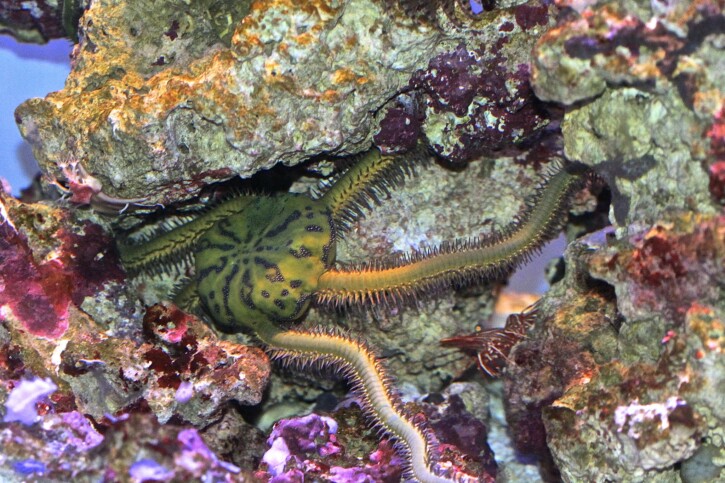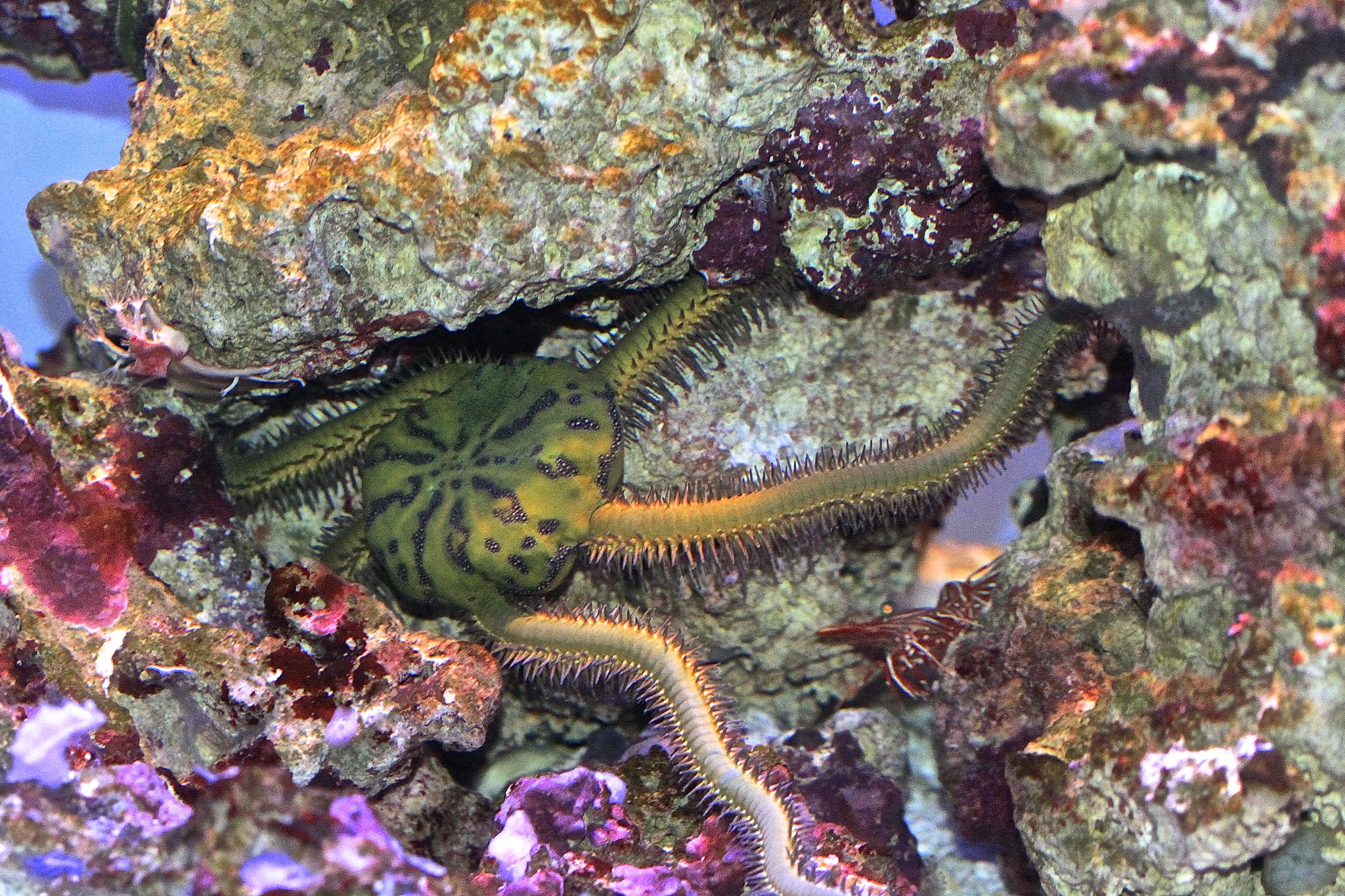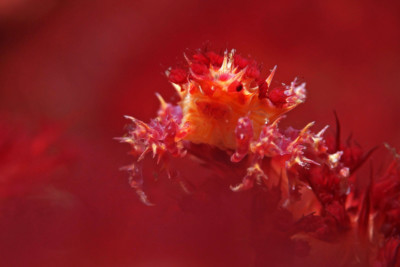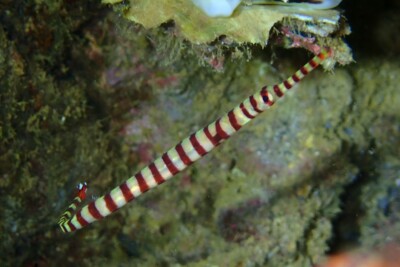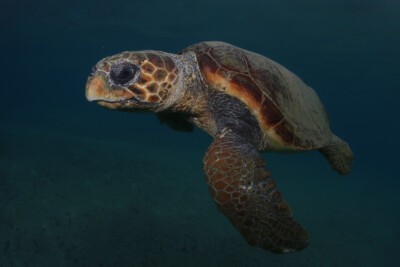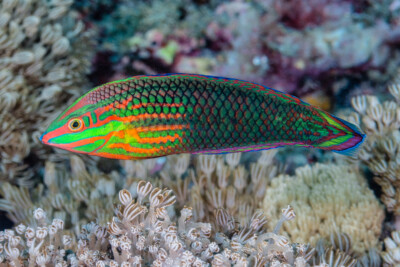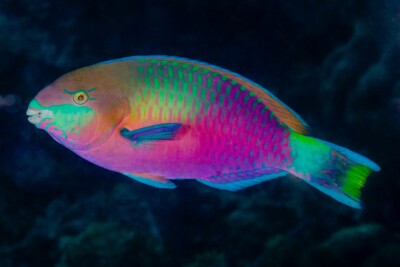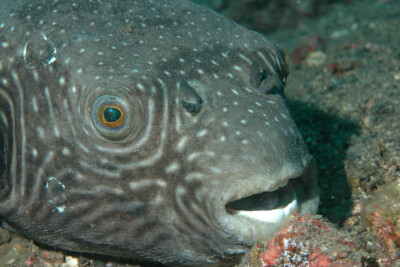Introduction
Ophiarachna incrassata is a little salt water echinoderm.
This sheet is currently being prepared. The texts currently proposed come from our data model or are being drafted. To request priority for this content, you can write to us HERE.
Who is it?
Morphology
-
Size5 - 5.5 cm
-
Motiftasks
-
Size5 - 5.5 cm
-
Motiftasks
How to recognize This echinoderm ?
Ophiarachna incrassata measures between 5 and 5.5 cm. Given its small size, this species is commonly referred to as a "dwarf" animal. This echinoderm is unicolore with a predominantly jaune and vert body. The also has blanc tasks.
Behaviour & Life cycle
-
dietomnivorous with carnivorous tendency
-
Sociabilitysolitary
-
territorialNo
-
Way of livingdiurnal
Ophiarachna incrassata is an echinoderm solitary naturally found on the bottom. This species is omnivorous with carnivorous tendency . Measuring only a few centimeters, this small species tends to be discreet and hide in the presence of larger neighbors.
Although Ophiarachna incrassata is non-territorial, it is sometimes aggressive towards other species.
Reproduction
-
Reproductionovipare qui pond en eau libre
-
Active sexual selectionNo
Ophiarachna incrassata is an echinoderm ovipare qui pond en eau libre.
Risks for humans
-
VenomousNo
Origin and distribution

What is its habitat?
Natural environment characteristics
-
Temperature25 - 29 °C
-
Depth1 - 20 m
Biotope presentation
Ophiarachna incrassata is most often found at a depth between 1m and 20m. However, it is not impossible to find this species at other depths.
Species of the same biotope
To go further
Sources & Contributions
Participation & Validation
The Fishipedia team and specialist contributors are committed to providing high-quality content. However, although the information comes from scientific sources or testimonials from specialists, the cards may contain inaccuracies.

Aurélien Calas

Adrien Falzon
Translation
Translation done with the valuable contribution of our translators, who make this information available to a wider audience. We sincerely thank them for their commitment.
Scientific partners
Tags
#Ophiomyxidae
#Ophiarachna incrassata
#barrière de corail
#coralligène
#herbier
#récifs extérieurs
#zones d'algues et de détritus végétaux
#Bay of Bengal
#Great Barrier Reef
#mer d'Oman
#Philippine Sea
#South East Asian Seas
#Indonesian seas
#East Indian Ocean
#western Indian Ocean
#Western Tropical Pacific Ocean
Species of the same biotope
